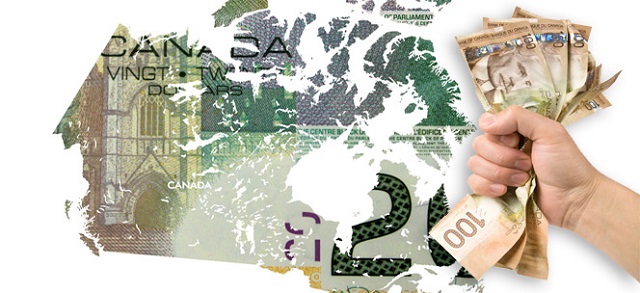Business
Mark Carney’s fiscal plan: a marketing exercise to mask spending
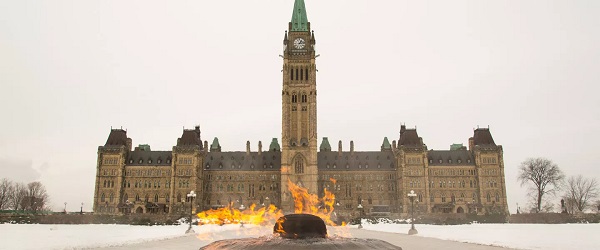
From the Fraser Institute
By Jake Fuss
Mark Carney is a leading contender to be the next Liberal party leader and Canada’s next prime minister. New details about his fiscal policy plan show a potential improvement from the Trudeau era, but the approach falls well short of what Canada needs.
Over the last decade, the Trudeau government has dramatically increased the size and role of the federal government in the economy, with the six highest years of per-person (inflation-adjusted) spending in Canadian history (2018 to 2023). To finance this spending explosion, the Trudeau government has raised taxes and borrowed a projected $1.1-trillion. If Mr. Carney wins the Liberal party leadership, he said his government would review program spending and cap the size of the federal workforce, which has grown by more than 40 per cent during Mr. Trudeau’s tenure. These are steps in the right direction. But crucially, Mr. Carney also plans to split the federal budget in two and create an operating budget and capital budget. By dividing operating and capital spending, Mr. Carney proposes a less transparent and less understandable budget. He’ll make it significantly more difficult for Canadians to track their tax dollars and evaluate the state of federal finances.
Specifically, according to Mr. Carney, he’ll run a “small deficit” in his newly formed capital budget that includes long-term spending on military equipment, clean energy, infrastructure and housing. (In other words, he’ll continue to rack up debt and fuel debt interest costs, which will reach a projected $53.7-billion in 2024/25.) And he says he’ll balance the new operating budget – which will include bureaucrat salaries, cash transfers to provinces and federal benefits (e.g. Old Age Security) – within three years. But there’s a problem: Mr. Carney’s math doesn’t add up. He plans to keep Trudeau’s national $10-a-day daycare and dental care programs. He’ll cap growth in the federal bureaucracy but won’t reduce its size. He won’t touch benefits such as employment insurance or Old Age Security or reduce cash transfers to provinces. And he’ll increase defence spending. With all these carve-outs for existing spending, it’s very difficult to see how a Carney government would balance the operating budget in three years.
To achieve this goal, he’ll be tempted to recategorize some operating expenses as capital expenses. For example, to meet NATO’s spending target of 2 per cent of GDP, Mr. Carney could (inaccurately) categorize some defence spending as capital spending. Consequently, Mr. Carney’s “small” capital deficits would quickly turn into large deficits. This would also be reminiscent of Mr. Trudeau’s promise in 2015 for three years of “modest deficits” before he abandoned that pledge almost immediately after his election. The end result would be the same – more deficits and more debt.
On the positive side, Mr. Carney has promised to cut middle-class taxes and scrap Mr. Trudeau’s proposed tax hike on capital gains. These moves would leave more money in the pockets of Canadians. Yet his tax reform plan also doesn’t go nearly far enough. Canada would still be markedly uncompetitive compared to peer countries on personal income taxes, and middle of the pack for taxes on businesses and capital gains. Mr. Carney should instead take a page out of Jean Chrétien’s playbook and reduce taxes more broadly to improve incentives for entrepreneurship, investment and job creation.
Mark Carney’s fiscal plan may represent a potential improvement from the Trudeau years, which featured record-high levels of spending and debt accumulation. But there are serious risks to his approach, which include an accounting change that may simply move red ink from one budget to another. Canada needs broad-based tax reductions and federal budgets that are truly balanced.
2025 Federal Election
MEI-Ipsos poll: 56 per cent of Canadians support increasing access to non-governmental healthcare providers

-
Most believe private providers can deliver services faster than government-run hospitals
-
77 per cent of Canadians say their provincial healthcare system is too bureaucratic
Canadians are increasingly in favour of breaking the government monopoly over health care by opening the door to independent providers and cross-border treatments, an MEI-Ipsos poll has revealed.
“Canadians from coast to coast are signalling they want to see more involvement from independent health providers in our health system,” explains Emmanuelle B. Faubert, economist at the MEI. “They understand that universal access doesn’t mean government-run, and that consistent failures to deliver timely care in government hospitals are a feature of the current system.”
Support for independent health care is on the rise, with 56 per cent of respondents in favour of allowing patients to access services provided by independent health entrepreneurs. Only 25 per cent oppose this.
In Quebec, support is especially strong, with 68 per cent endorsing this change.
Favourable views of accessing care through a mixed system are widespread, with three quarters of respondents stating that private entrepreneurs can deliver healthcare services faster than hospitals managed by the government. This is up four percentage points from last year.
Countries like Sweden and France combine universal coverage with independent providers and deliver faster, more accessible care. When informed about how these health systems run, nearly two in three Canadians favour adopting such models.
The poll also finds that 73 per cent of Canadians support allowing patients to receive treatment abroad with provincial coverage, which could help reduce long wait times at home.
Common in the European Union, this “cross-border directive” enabled 450,000 patients to access elective surgeries in 2022, with costs reimbursed as if they had been treated in their home country.
There’s a growing consensus that provincial healthcare systems are overly bureaucratic, with the strongest agreement in Alberta, B.C., and Quebec. The proportion of Canadians holding this view has risen by 16 percentage points since 2020.
Nor do Canadians see more spending as being a solution: over half say the current pace of healthcare spending in their province is unsustainable.
“Governments shouldn’t keep doubling down on what isn’t working. Instead, they should look at what works abroad,” says Ms. Faubert. “Canadians have made it clear they want to shift gears; now it’s up to policymakers to show they’re listening.”
A sample of 1,164 Canadians aged 18 and older was polled between March 24th and March 28th, 2025. The margin of error is ±3.3 percentage points, 19 times out of 20.
The results of the MEI-Ipsos poll are available here.
* * *
The MEI is an independent public policy think tank with offices in Montreal, Ottawa, and Calgary. Through its publications, media appearances, and advisory services to policymakers, the MEI stimulates public policy debate and reforms based on sound economics and entrepreneurship.
2025 Federal Election
POLL: Canadians say industrial carbon tax makes life more expensive
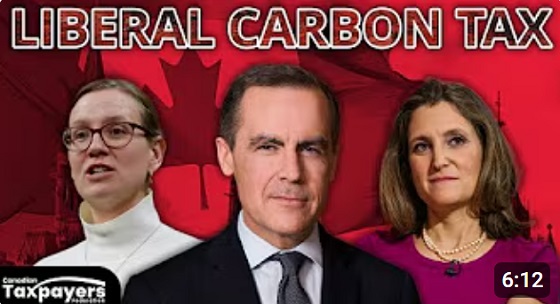
The Canadian Taxpayers Federation released Leger polling showing 70 per cent of Canadians believe businesses pass on most or some of the cost of the industrial carbon tax to consumers. Meanwhile, just nine per cent believe businesses pay most of the cost.
“The poll shows Canadians understand that a carbon tax on business is a carbon tax on Canadians that makes life more expensive,” said Franco Terrazzano, CTF Federal Director. “Only nine per cent of Canadians believe Liberal Leader Mark Carney’s claim that businesses will pay most of the cost of his carbon tax.
“Canadians have a simple question for Carney: How much will your carbon tax cost?”
The federal government currently imposes an industrial carbon tax on oil and gas, steel and fertilizer businesses, among others.
Carney said he would “improve and tighten” the industrial carbon tax and extend the “framework to 2035.” Carney also said that by “changing the carbon tax … We are making the large companies pay for everybody.”
The Leger poll asked Canadians who they think ultimately pays the industrial carbon tax. Results of the poll show:
- 44 per cent say most of the cost is passed on to consumers
- 26 per cent say some of the cost is passed on to consumers
- 9 per cent say businesses pay most of the cost
- 21 per cent don’t know
Among those decided on the issue, 89 per cent of Canadians say businesses pass on most or some of the cost to consumers.
“Carbon taxes on refineries make gas more expensive, carbon taxes on utilities make home heating more expensive and carbon taxes on fertilizer plants increase costs for farmers and that makes groceries more expensive,” Terrazzano said. “A carbon tax on business will push our entrepreneurs to cut production in Canada and increase production south of the border and that means higher prices and fewer jobs for Canadians.”
-

 Bruce Dowbiggin2 days ago
Bruce Dowbiggin2 days agoIs HNIC Ready For The Winnipeg Jets To Be Canada’s Heroes?
-

 COVID-192 days ago
COVID-192 days agoCOVID virus, vaccines are driving explosion in cancer, billionaire scientist tells Tucker Carlson
-
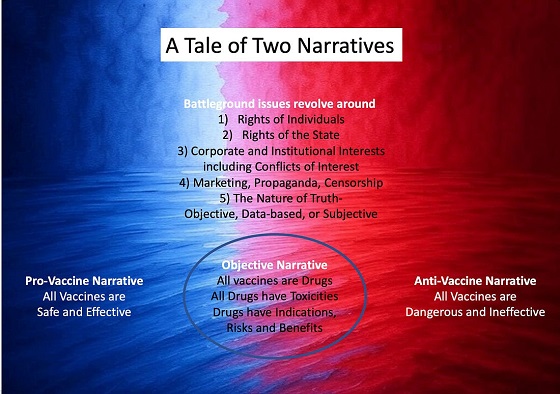
 Dr. Robert Malone2 days ago
Dr. Robert Malone2 days agoThe West Texas Measles Outbreak as a Societal and Political Mirror
-
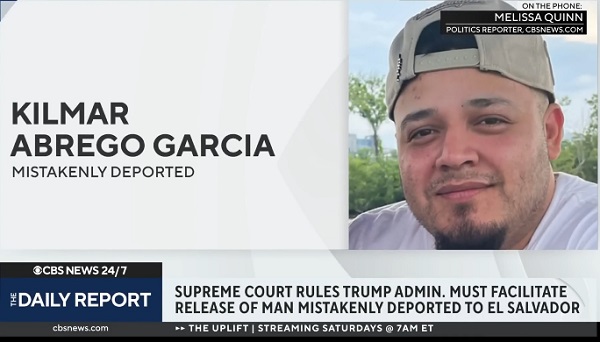
 illegal immigration1 day ago
illegal immigration1 day agoDespite court rulings, the Trump Administration shows no interest in helping Abrego Garcia return to the U.S.
-

 Health2 days ago
Health2 days agoHorrific and Deadly Effects of Antidepressants
-
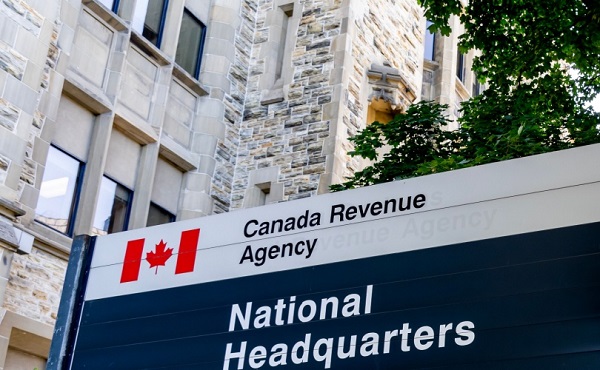
 2025 Federal Election1 day ago
2025 Federal Election1 day agoConservative MP Leslyn Lewis warns Canadian voters of Liberal plan to penalize religious charities
-
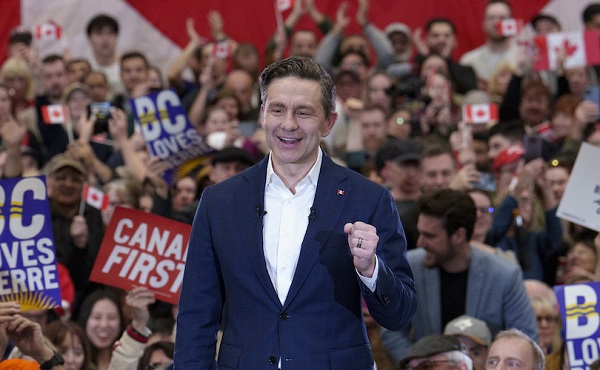
 2025 Federal Election1 day ago
2025 Federal Election1 day agoEuthanasia is out of control in Canada, but nobody is talking about it on the campaign trail
-

 Education1 day ago
Education1 day agoSchools should focus on falling math and reading grades—not environmental activism







